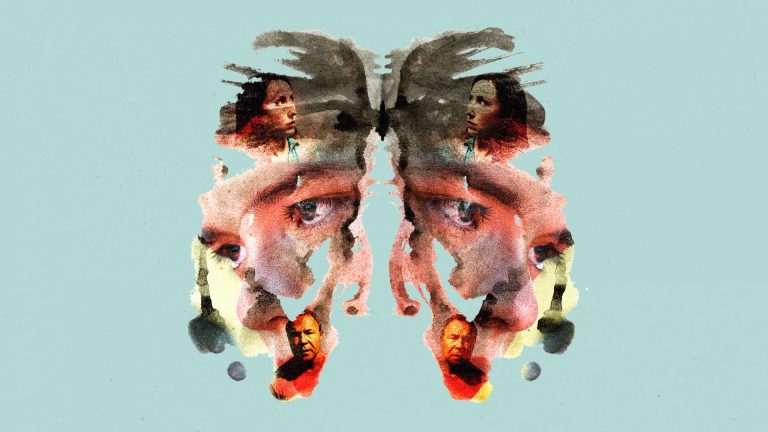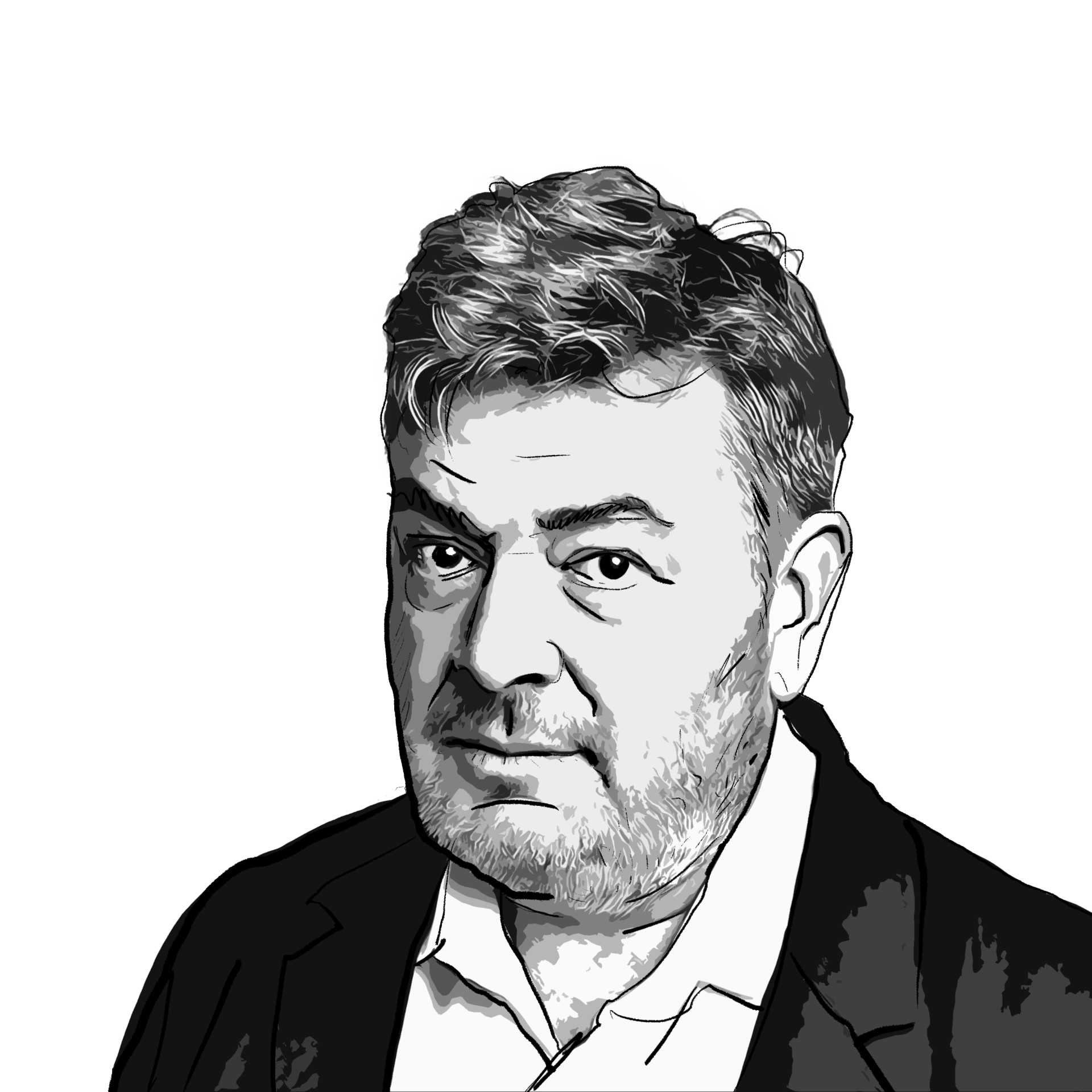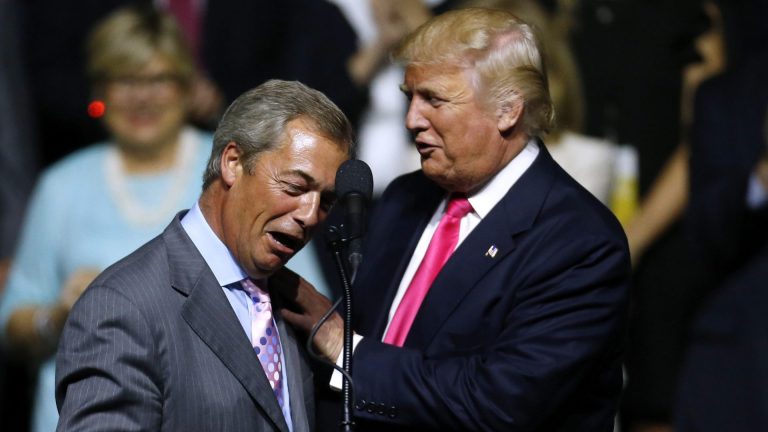Between them, Bjorn Borg and John McEnroe provided one of sport’s greatest ever rivalries. But, as JASON SOLOMONS reports, a new film centred around their most famous clash is really all about unravelling the Swedish enigma
Tennis was never the same after the fourth set of the 1980 Wimbledon final. Upstart, foul-mouthed American John McEnroe stole away seven match points from Swedish iceman Bjorn Borg in a display of shot-making and nerve that is indelibly etched on the eyeballs of everyone who witnessed it.
Time stood still during that set. It was as if the world had gone quiet and London had stopped. I remember the day vividly. I had my Donnay racket with me on the sofa and sweatbands on my wrists in support of my hero, willing him to his fifth consecutive title on the grass of Centre Court. I cried when McEnroe won it 18-16. I was exhausted, emotionally wrecked. I was only 11 years old, but I’d watched practically every point of Borg’s march to the final.
Surely Borg couldn’t come back from losing such a monumental tie-break? He would, quite literally, be broken. Not Borg.
Still Sweden’s favourite sporting son – much to the annoyance of Zlatan Ibrahimovic – Bjorn Borg recovered his nerve (he never really lost it). It was McEnroe who couldn’t top winning that fourth set.
The tie-break now forms the centre piece of new film Borg vs McEnroe. Although it’s technically the climax of the movie, it’s not the most important part at all. It would have been if Hollywood had made it, but this is a Swedish movie, directed by Janus Metz and starring Icelandic-born Sverrir Gudnason alongside Swedish giant Stellan Skarsgard, making his first Swedish language movie in 20 years to play Borg’s grinning bear of a trainer Lennart Bergelin.
On the other side of the net is maverick American actor Shia Lebeouf as McEnroe – but this is really all about Bjorn Borg. The problem is: nobody ever knows what went through Borg’s head.
‘I reckon that not even Borg himself knew what he was thinking and feeling,’ says director Metz. ‘That was the challenge of the film, to get inside a mind that didn’t really yet know itself.’ Gudnason gets the look of the inscrutable tennis machine to an almost frightening degree. The shoulders sloping gently, the walk slightly loping, but with little, light-footed steps. ‘He was like a panther,’ says the actor. ‘He padded around. People never heard him coming and suddenly he’d just be there, in the room with you. For me, this was like being a silent movie star.’
Indeed, from the first scene, Gudnason brings 1980s Borg back to life. The eyes burn quietly, the beard straggles, the hair dangling lank. It opens in Monaco, in Borg’s high-rise flat, with the Swede balancing on the edge of his balcony, maybe contemplating the abyss below.
‘That was a key image,’ says Metz. ‘It was already controversial that here was this national hero but he’d moved to be a tax exile. He was an individual in a country famous for its successful form of socialism and it left him like a lonely God, high up, so high that the only way was down. If you win all the time, then the only thing that can change is that you start losing.’
Borg won with such regularity through the latter half of the 1970s. He won on the clay of Roland Garros in France, and was equally invincible on the grass of SW19. Summer belonged to him. He won his first French in 1974 at the age of 18, his first Wimbledon in 1976, aged just 20 – both times breaking the record for the youngest-ever champion.
But how much can we ever really know a tennis champion? McEnroe would leave his personality all over the court in the form of expletives, thrown rackets and chalk dust. Borg barely registered an emotion. Yet when the 1980 final came along and the British tabloids, during their two-week annual tennis obsession, stoked up the rivalry and opposite personalities, McEnroe behaved impeccably.
‘He had too much respect for Borg to try any antics,’ says Metz who watched the game time and again and made his actors repeat the choreography of the points exactly, until they had the rhythm of the points ingrained.
‘What really fascinated me was the personality of a guy who says when he’s 15-years-old that he wants to be best in the world,’ says the director. ‘And then what happens when you get there just four or five years later? Where do you go from there?’
Skarsgard, one of the world’s greatest actors, as famous for Hollywood hits such as The Hunt for Red October, Good Will Hunting, The Pirates of the Caribbean and Mamma Mia as well as his work with Lars von Trier such as Breaking the Waves and Dogville, was tempted back to Swedish film to play Bergelin.
‘Look, I didn’t like sports,’ he says. ‘But for Borg, everyone made an exception. He was beyond the sport itself. I was training to be an actor, darling, doing Shakespeare at the Royal Dramatic Theatre in Stockholm at the time of his success and of this match in 1980.
‘But everybody watched Borg. In schools, they wheeled in television sets for the matches and stopped the lessons. Not just for the finals but for every round. In the theatre, we stopped rehearsing and after the match, we picked it right up again. If there was an afternoon performance when Borg was playing, forget it – the theatre would be practically empty.’
The film stays very much with the young Borg and the father/son relationship he had with Bergelin. I remember Bergelin’s huge arms shaking in the Wimbledon box reserved for family and coaches, his huge smile breaking out when his charge won, a sort of quake of relief after two weeks of Grand Slam emotion.
‘The hair was important for me to get the character,’ recalls Stellan of his wig fittings, with a huge laugh, ‘but more crucial was the teeth. I tried several pairs of false teeth to get that grin, that little top lip over a bit, to make the jaw and chin jut out. I spent hours with those teeth and mirror. In the end they were too painful, so I just had to, you know, act.’ The young Borg, according to the movie, is a volcano, prone to tantrums and yelling in the woods. Bergelin trains him to bottle it up and think only from point to point, a mantra which propelled Borg through years of ascendancy and victory.
‘Of course everybody in Sweden knows there’s another Borg story to tell, too,’ says Skarsgard. ‘What happened after.’
Borg stopped playing in 1982. Quit tennis, just like that, aged 26, after losing to McEnroe in the 1981 Wimbledon final. It was a shock that rang out around the world and left me without my hero. It felt to me back then like he never explained his reasons and it appears that remains true to a certain extent even now.
‘We looked for an interview in which he might have admitted to why he retired, but we never really found one.’ says Metz. ‘The general assumption is that he couldn’t stand losing and that was true but we had to feel it was bound up in the great rivalry with McEnroe.
‘I found that the great irony is that being a tennis champion is lonely. You know, they call it singles. You have nobody out there with you, the eyes of the crowd are on you, the TV cameras are looking right into your eyes. And the only person who really understands what you’re going through is the guy on the other side of the net – and he wants to beat you.’
The Borg film isn’t Hollywood. It does capture the rock star element of 1970s tennis, the nightclubs and the girls, the big hair of Vitas Gerulaitis and the arrogance of Ilie Nastase. It gets the circus of the tour and the fan worship which greeted Borg at every airport and hotel.
There are no bodyguards or security teams back then, just Borg and his trainer and his fiancé Mariana Simionescu (played by Tuva Novotny) getting into their hire car. For Wimbledon, Borg insisted on the same vehicle every year, the exact same one, and superstitiously strung his rackets to the same tension, testing each one out on the hotel bedroom floor.
The film is good on the loneliness of the long-distance tennis player, the sitting in hotels, the waiting for matches, the silence, the repetition, the constant return of the ball, the debilitating grind of hitting something that always seems to come back. The court with its lines is like a prison, trapping you in its dimensions.
And then there were the clothes. I’ve still got my Fila tracksuit tops and I had the tennis shirts, with the straight lines. These guys were the first branded sports stars. Borg with Fila and Donnay, McEnroe with his Tacchini kit and Wilson racket and those baby blue swoosh Nike Wimbledon GTS trainers. I never had the Borg gold chain or the headband, but I did have a double-handed backhand, because Bjorn did.
Oddly, the film lacks a bit in the label department, clearly a budgetary issue. Hollywood would have sorted that out for sure, but the clearances and cross-promotions and endorsement deals proved a legal minefield for some of the logos, so we don’t get the full brightness of nostalgia whooshing and swooshing back. T
he weird thing is that all across Europe, what these two were wearing on Centre Court was actually being replicated on the streets. Only a few years later, the UK would find itself in a full-on casual craze, with rival brands laughed at in certain regions and certain bands of football hooligans adopting their favourites.
‘I could have put a lot of pop music from the time, or current news events,’ says Metz. ‘But I wanted to focus in on the mind, the motivation. But yes, these were iconic times for fashion labels and their style of play, style of fashion were what added to the mix.’
But why did Borg vs McEnroe so entrance a public? The moments that make time stand still, when everyone remembers where they were when it happened, are usually reserved for assassinations or deaths, like Kennedy or Elvis or John Lennon. So there must have been something more about these two characters clashing.
Says Gudnason: ‘You had to pick a side. Either you were with the ice Borg or the fire of McEnroe. But it was more than just supporting them – you actually were that character. Which one you supported said everything about you.’
Partly there was a clash of Europe vs America. McEnroe always called himself the kid from Queens while Borg was a quintessential European. Just as the other bourgeois sport, golf, was enjoying a European surge with Seve Ballesteros and the formation of the new Ryder Cup Europe team to take on the US, so it was on the green of Wimbledon.
Borg was the Riviera smoothie, the insouciant style icon, with the penthouse and club in Monaco, the pro-shop in Marbella and the Swedish island retreat, as well as the Romanian girlfriend. McEnroe was brash and flashy, his dad up in the stands in that floppy white sunhat.
Borg himself has seen the movie. He didn’t endorse it in the making but went one step further. He gave them his son. Playing the young Bjorn, whacking a tennis ball against the garage door on the housing estate, is Leo Borg. The physical mirroring is unsettling, almost scary.
It gets even more interesting when you learn 14-year-old Leo, Borg’s son with his third wife Patricia Ostfeldt, is Sweden’s top-ranked tennis player under 15 and one of the hottest prospect in European junior tennis.
Stellan Skarsgard got close to the boy re-creating the scenes of Bjorn’s youth. ‘I asked him just like it says in the script how Lennart asked his father: ‘How good do you want to be?’ And he told me, very calmly: ‘I want to be the best in the world.”
New balls, same Borg.
Jason Solomons is a film critic, broadcaster and author











